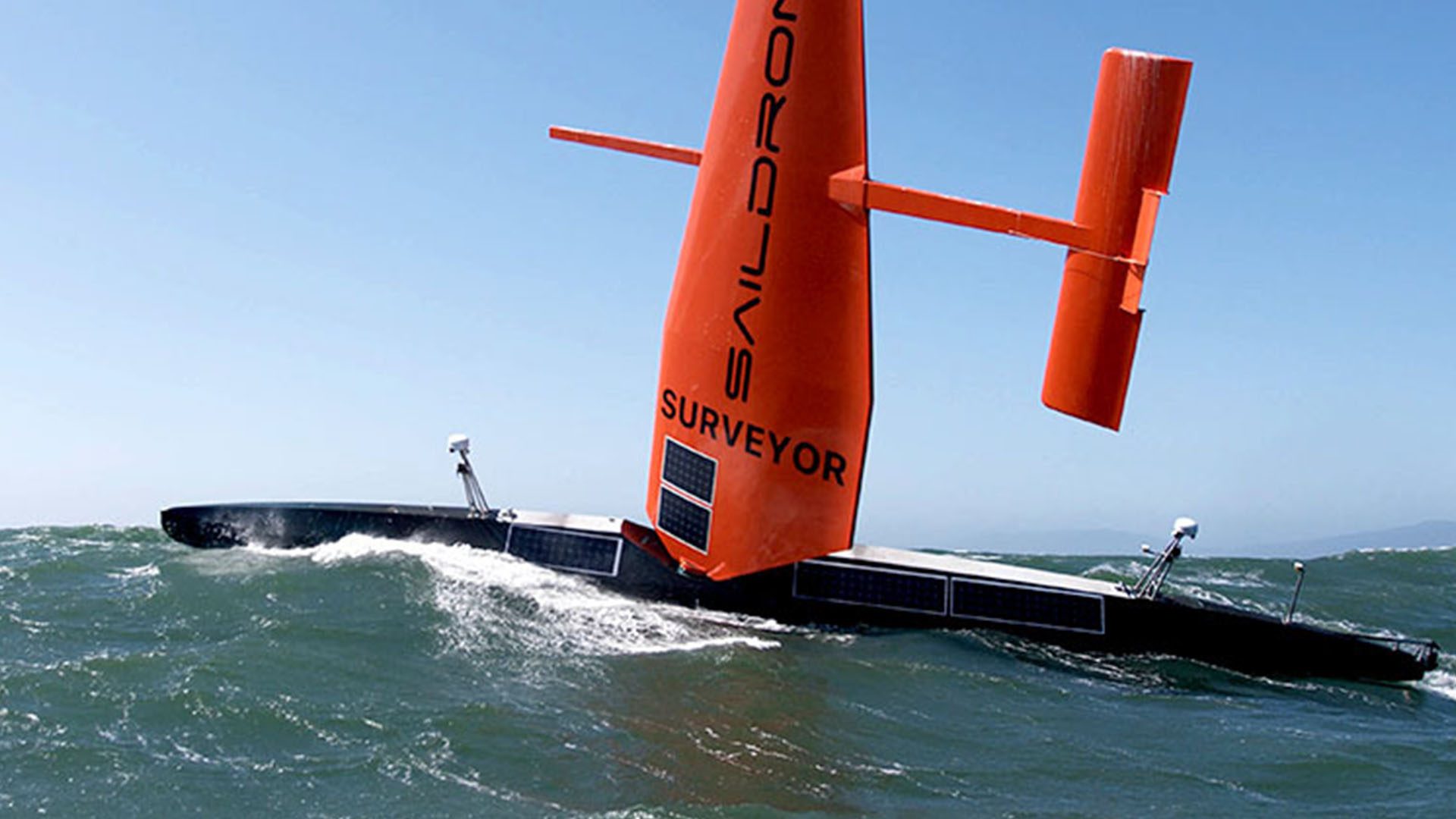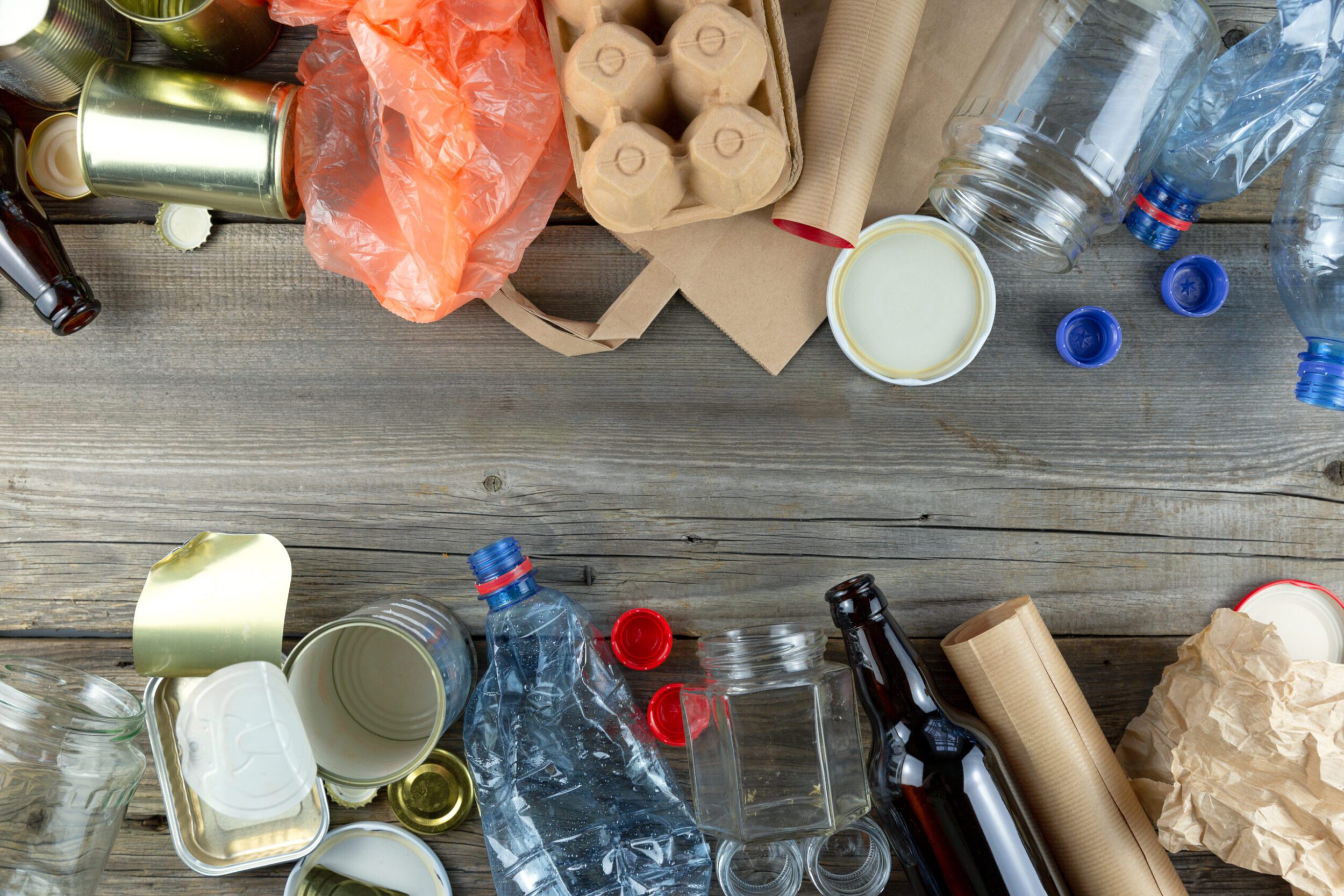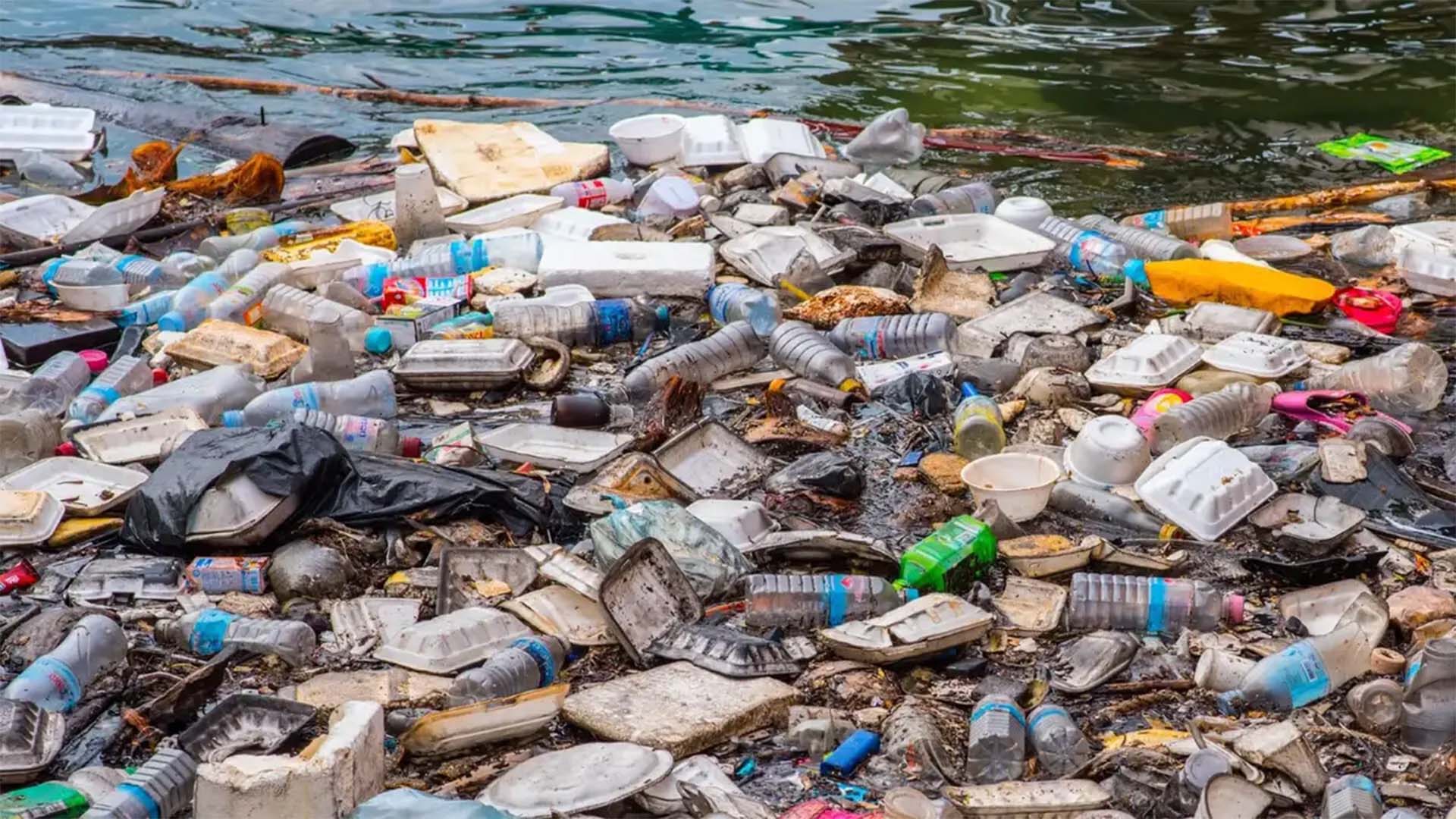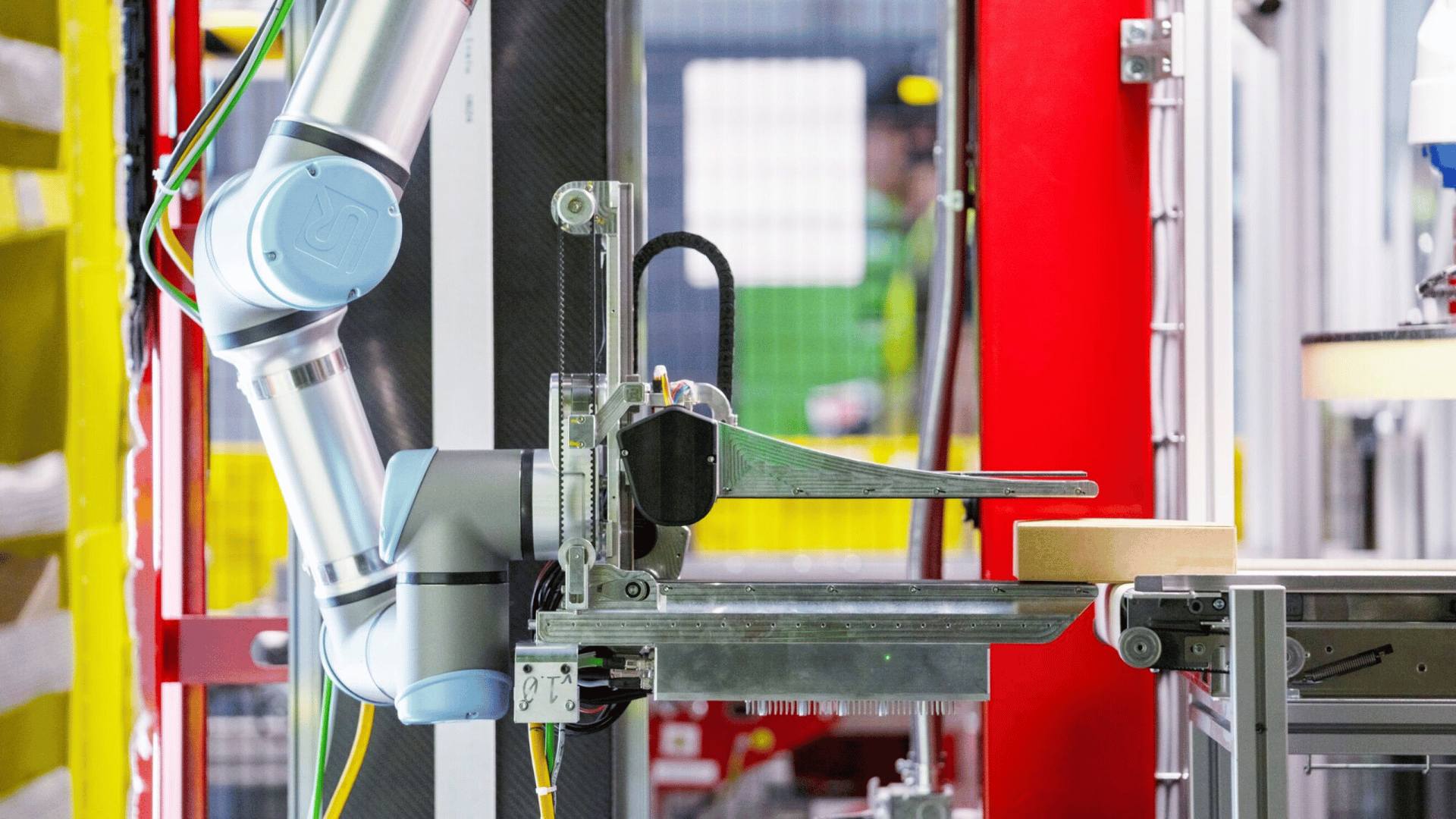The famous British rock band Coldplay is once again putting the Earth first with their new album “Moon Music.” The band partnered with The Ocean Cleanup organization to produce a sustainable listening option for their new music.
Sustainable Partnership
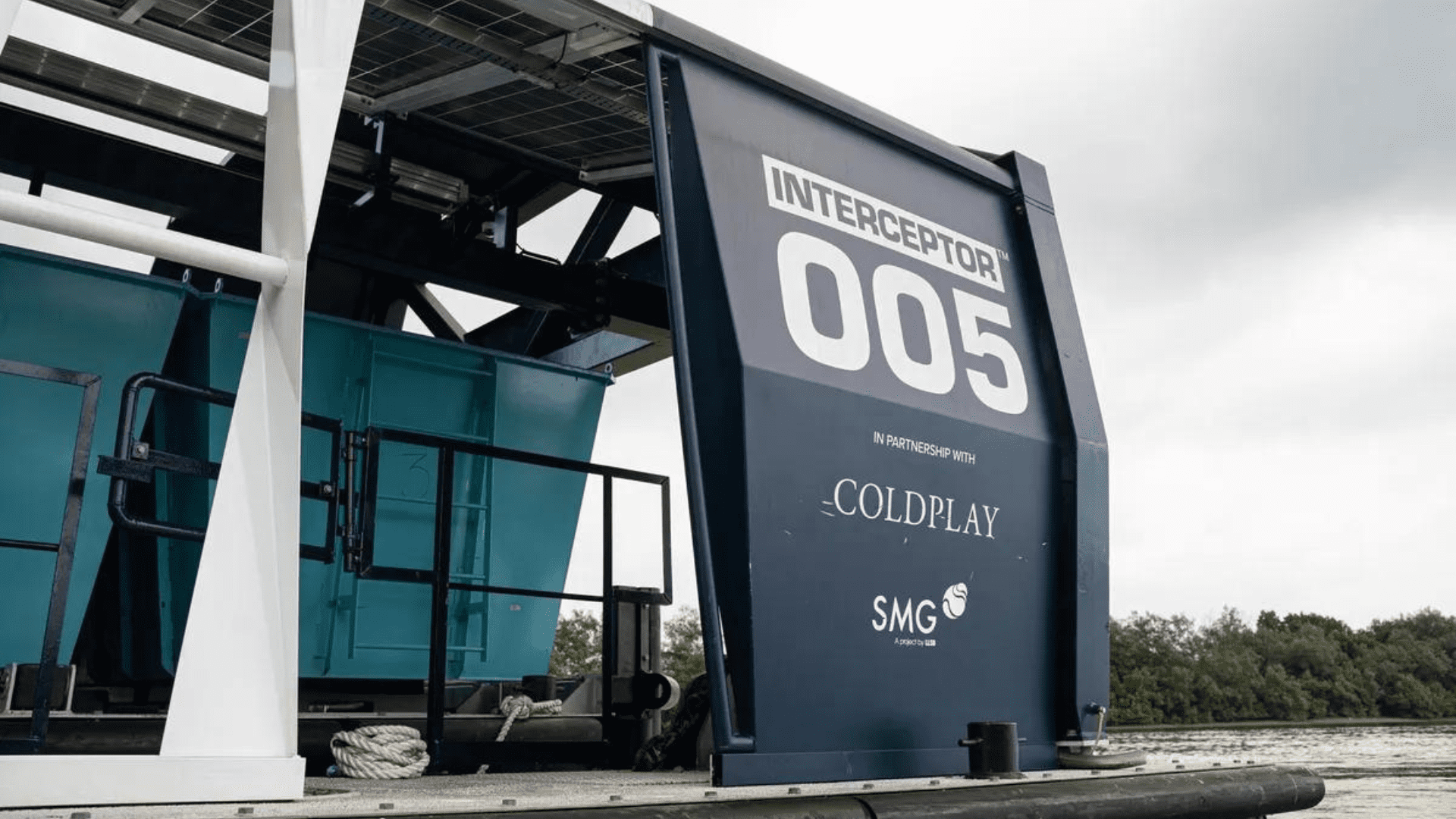
Coldplay is turning plastic from the ocean into materials for their new album. However, collecting this plastic from the water is no easy task. That is where the organization The Ocean Cleanup steps in. This organization’s goal is to “rid the oceans of plastic.” In addition to intercepting legacy plastic in the oceans, the organization is also dedicated to cleaning the Earth’s most polluted rivers. But what can The Ocean Cleanup do with all this plastic they collect?
To ensure the plastic never ends up in our planet’s waterways, the organization turns the plastic into useful materials. Then, that material is turned into music through the help of manufacturing partners. Coldplay and The Ocean Cleanup are no strangers to each other, either. The two partnered in 2021, and the band helps the organization in different ways. They help fund the cleanup organization and support them by showing videos of the cleanup work at their concerts. However, the band wanted to find new ways to recycle the plastic collected from the ocean.
Explore Tomorrow's World from your inbox
Get the latest science, technology, and sustainability content delivered to your inbox.
I understand that by providing my email address, I agree to receive emails from Tomorrow's World Today. I understand that I may opt out of receiving such communications at any time.
The Perfect Plastic
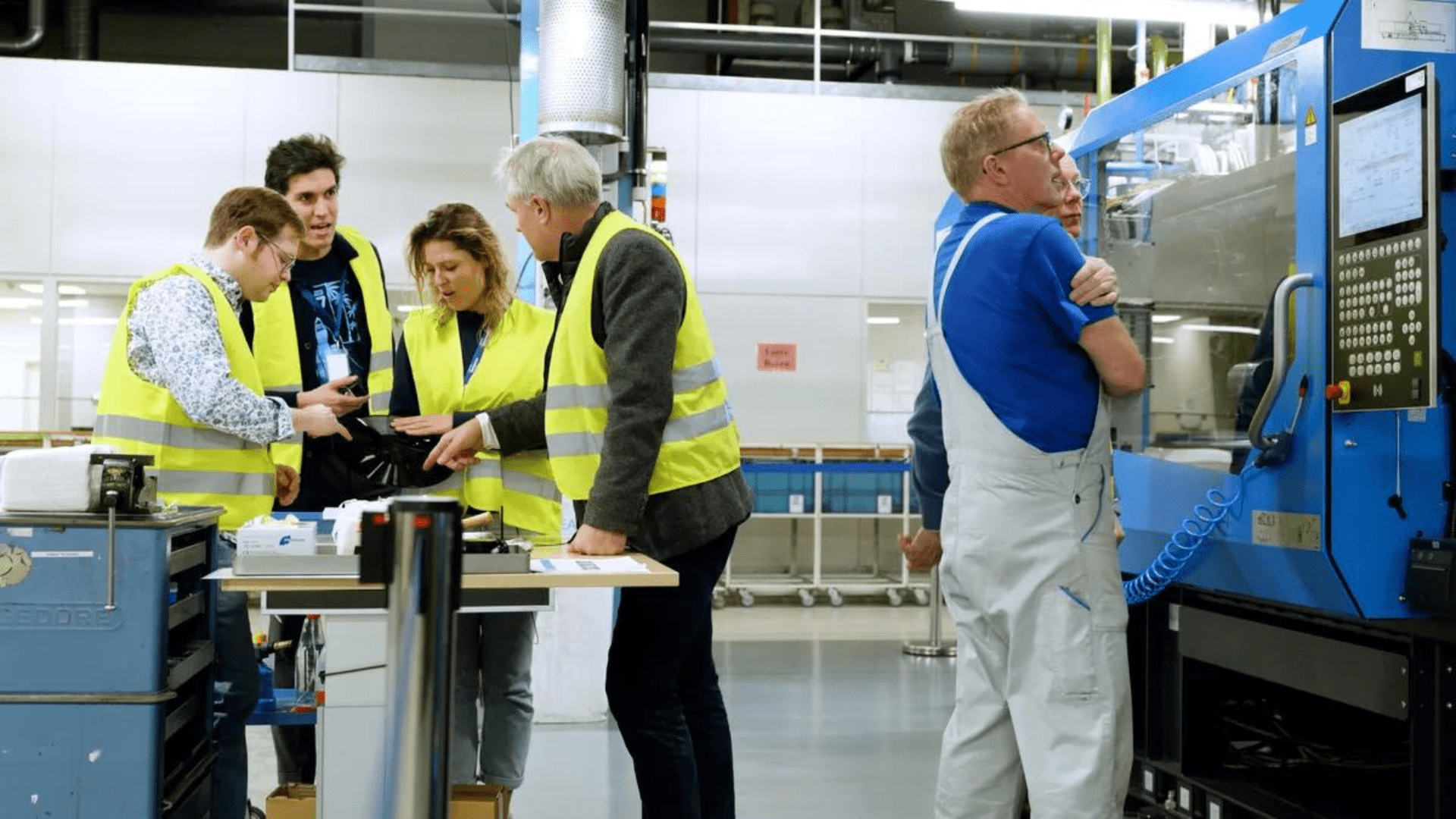
Turning plastic material into a functioning album is not easy. According to The Ocean Cleanup, you can’t use any plastic trash; it must be specifically made of PET. PET stands for polyethylene terephthalate and is a durable and versatile plastic. According to the American Beverage Association, PET is the most recyclable and recycled plastic in the United States. This means that The Ocean Cleanup cannot use the plastic they collect from the Great Pacific Garbage Patch because it differs mostly from PET.
The Ocean Cleanup looks to its network of river interceptors to find the appropriate plastics. Additionally, to ensure Coldplay gets the right sound, the plastic must be as clean and free of imperfections as possible. Only one interceptor can check those boxes; Interceptor 006 in Guatemala. This interceptor traps waves of plastic before it makes its way into the Caribbean Sea. The challenges aren’t solved there. They need more than just PET plastic to create the perfect vinyl record for Coldplay. They needed to find the perfect blend of their river plastic and other recycled plastics.
Plastic to Music
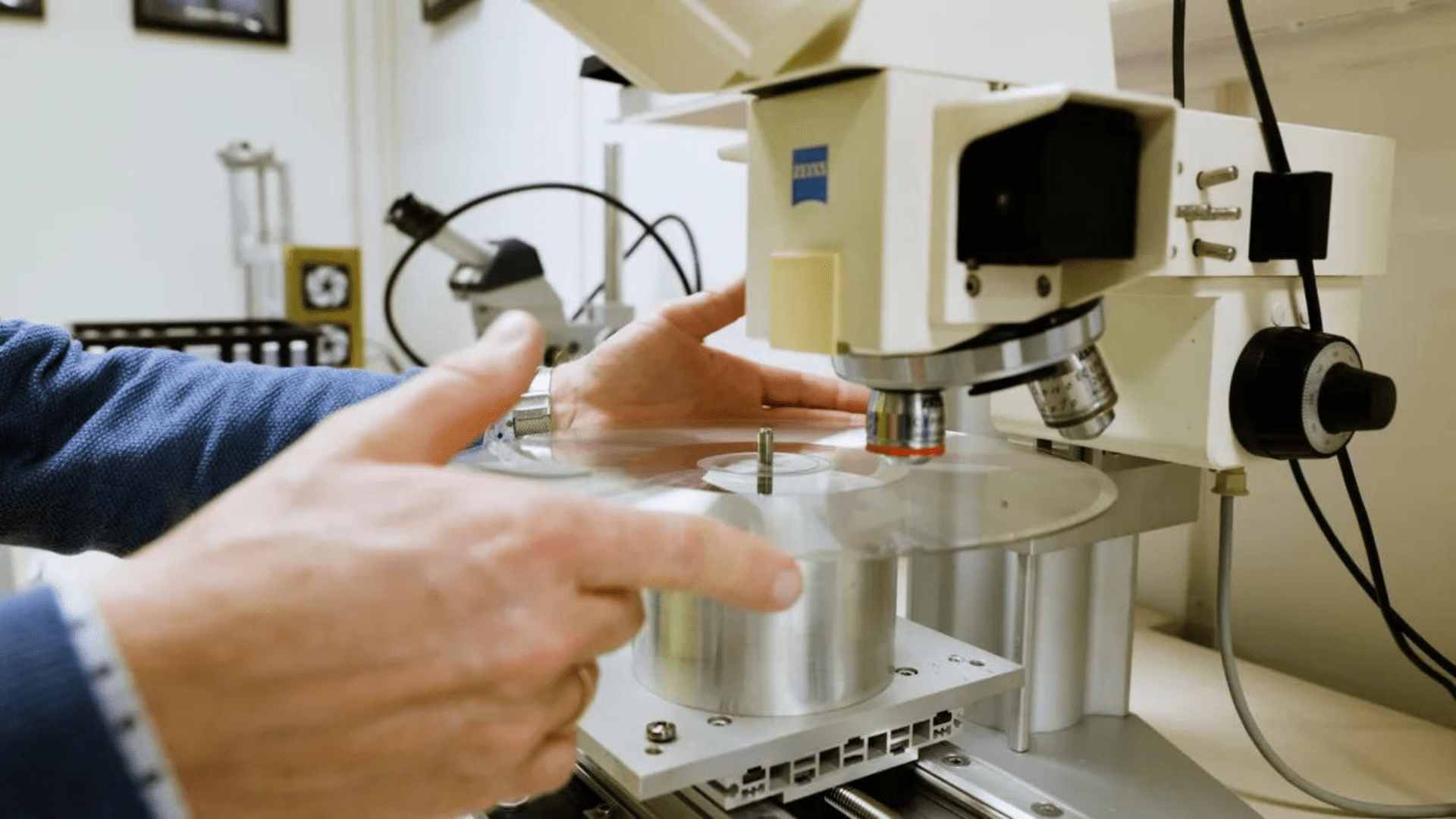
Once the plastic is intercepted in the Rio Las Vacas, it is sorted to find the best-quality PET. Then, the plastic is processed into flakes which is the start of the process of turning waste into valuable material. The process continues when the plastic flakes are shipped to a factory in the Netherlands to turn them into granulate, the key ingredient for a vinyl record. Once the materials are processed, they go to a manufacturer that turns them into a record.
Eventually, the organization found out that each individual LP needs 70% of the river plastic, all of which was removed from the Rio Las Vacas. They knew they had the right blend of plastics once they played the blank album, and it was perfectly silent. Once they found the sweet spot, they were ready to bring Coldplay’s sustainable album to life.



